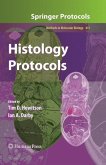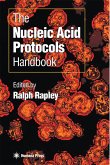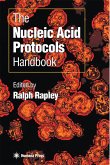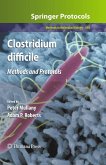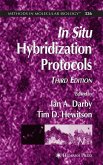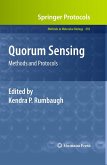Somuchofwhatweknowaboutthepathogenesisofhumandiseasehascomefromthe systematic and careful study of histological material. Indeed, every internal medicine discipline has its landmark papers describing the clinico-pathological correlations. However, increasingly, it is molecular and cellular biology that provides the necessary mechanistic insights. For many years, it was thought that the two skill sets were mutually exclusive, but we hope that this book shows that this is not necessarily so. Implicitinthescienceofhistologyisthepreservationandarchivingoftissue.PartIof the book concentrates on the preparation of tissue, providing an overview of fixation, embedding, and processing (Chapter 1), and in Chapters 2 and 3, the required techniques for the retrieval of RNA from histological sections. Both routine and specialist histological staining techniques are provided in Part II. These include pro- cols for immuno (Chapters 4-7), lectin (Chapter 8), and hybridization (Chapter 9) histochemistry,histologicalstaining (Chapters10and11),aswellasspecificmethods for the in situ identification of hypoxia (Chapter 12) and apoptosis (Chapter 13). Finally, Part III details advances in imaging (Chapters 14-16) and image analysis (Chapter 17). It is hoped that this volume will provide molecular biologists with the basic his- chemical techniques and histologists with the molecular techniques to realise the potential of their resource. We are indebted to the authors for their generosity in sharing these protocols.
From the reviews:
"This slim volume aims to provide molecular biologists with the basic histochemical techniques and histologists with the molecular techniques to realise their potential of their resource. ... I enjoyed reading this book ... . this book is not particularly expensive and is so comprehensive and well written that I would certainly recommend it to anyone thinking of setting up a research project but uncertain what sort of method to use. It would also be a valuable asset to any departmental library ... ." (Anne Patricia Campbell, Bulletin of the Royal Society of Pathologists, Issue 154, April, 2011)
"Reports the basic techniques of immunohistochemistry and molecular biology used to optimize resources and obtain accurate results. ... This book is recommended to students and researchers using the laboratory techniques on histology described. Updated protocols are described by renowned scientists in the area using understandable language while details of possible interference are given for each technique. Tim D. Hewiston and Ian A. Darby have undertaken several studies on histology, many of which were conducted in collaboration with the authors contributing to this book." (Rui Curi, Brazilian Journal of Pharmaceutical Sciences, Spring, 2011)
"This volume in the Methods in Molecular Biology series provides a compendium of proven protocols for modern histology. ... Written for basic science and clinical researchers interested in mapping the location and distribution of biomarkers, the book also will be appreciated by lecturers and students specializing in biomedical technology, histology, and clinical laboratory medicine. ... The book is well written and carefully edited, and will be a welcome resource for all basic science and clinical researchers studying modern cell biology." (Bruce A. Fenderson, Doody's Review Service, June, 2010)
"This slim volume aims to provide molecular biologists with the basic histochemical techniques and histologists with the molecular techniques to realise their potential of their resource. ... I enjoyed reading this book ... . this book is not particularly expensive and is so comprehensive and well written that I would certainly recommend it to anyone thinking of setting up a research project but uncertain what sort of method to use. It would also be a valuable asset to any departmental library ... ." (Anne Patricia Campbell, Bulletin of the Royal Society of Pathologists, Issue 154, April, 2011)
"Reports the basic techniques of immunohistochemistry and molecular biology used to optimize resources and obtain accurate results. ... This book is recommended to students and researchers using the laboratory techniques on histology described. Updated protocols are described by renowned scientists in the area using understandable language while details of possible interference are given for each technique. Tim D. Hewiston and Ian A. Darby have undertaken several studies on histology, many of which were conducted in collaboration with the authors contributing to this book." (Rui Curi, Brazilian Journal of Pharmaceutical Sciences, Spring, 2011)
"This volume in the Methods in Molecular Biology series provides a compendium of proven protocols for modern histology. ... Written for basic science and clinical researchers interested in mapping the location and distribution of biomarkers, the book also will be appreciated by lecturers and students specializing in biomedical technology, histology, and clinical laboratory medicine. ... The book is well written and carefully edited, and will be a welcome resource for all basic science and clinical researchers studying modern cell biology." (Bruce A. Fenderson, Doody's Review Service, June, 2010)



